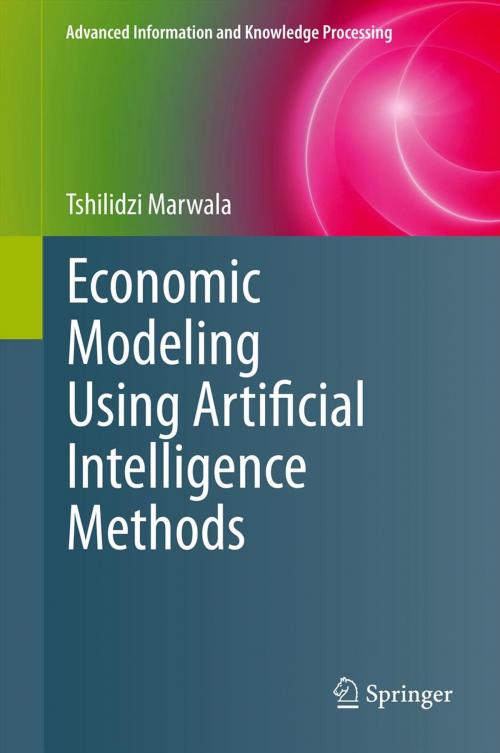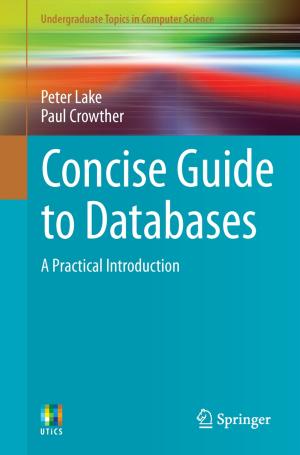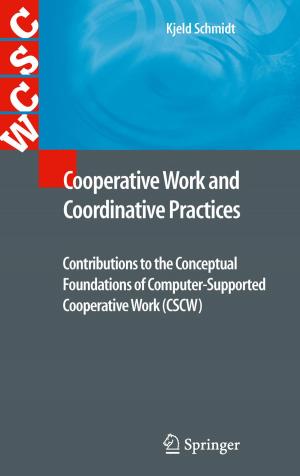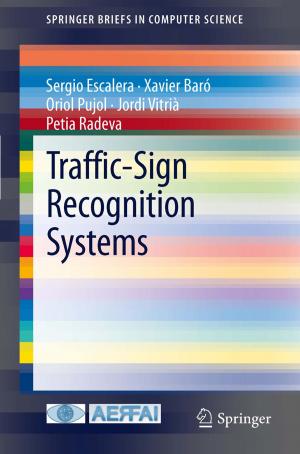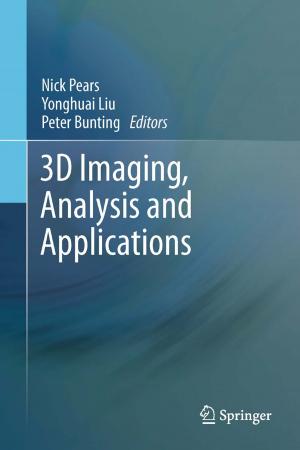Economic Modeling Using Artificial Intelligence Methods
Nonfiction, Computers, Advanced Computing, Artificial Intelligence, Business & Finance, Economics, Theory of Economics, General Computing| Author: | Tshilidzi Marwala | ISBN: | 9781447150107 |
| Publisher: | Springer London | Publication: | April 2, 2013 |
| Imprint: | Springer | Language: | English |
| Author: | Tshilidzi Marwala |
| ISBN: | 9781447150107 |
| Publisher: | Springer London |
| Publication: | April 2, 2013 |
| Imprint: | Springer |
| Language: | English |
Economic Modeling Using Artificial Intelligence Methodsexamines the application of artificial intelligence methods to model economic data. Traditionally, economic modeling has been modeled in the linear domain where the principles of superposition are valid. The application of artificial intelligence for economic modeling allows for a flexible multi-order non-linear modeling. In addition, game theory has largely been applied in economic modeling. However, the inherent limitation of game theory when dealing with many player games encourages the use of multi-agent systems for modeling economic phenomena.
The artificial intelligence techniques used to model economic data include:
- multi-layer perceptron neural networks
- radial basis functions
- support vector machines
- rough sets
- genetic algorithm
- particle swarm optimization
- simulated annealing
- multi-agent system
- incremental learning
- fuzzy networks
Signal processing techniques are explored to analyze economic data, and these techniques are the time domain methods, time-frequency domain methods and fractals dimension approaches. Interesting economic problems such as causality versus correlation, simulating the stock market, modeling and controling inflation, option pricing, modeling economic growth as well as portfolio optimization are examined. The relationship between economic dependency and interstate conflict is explored, and knowledge on how economics is useful to foster peace – and vice versa – is investigated. Economic Modeling Using Artificial Intelligence Methods deals with the issue of causality in the non-linear domain and applies the automatic relevance determination, the evidence framework, Bayesian approach and Granger causality to understand causality and correlation.
Economic Modeling Using Artificial Intelligence Methods makes an important contribution to the area of econometrics, and is a valuable source of reference for graduate students, researchers and financial practitioners.
Economic Modeling Using Artificial Intelligence Methodsexamines the application of artificial intelligence methods to model economic data. Traditionally, economic modeling has been modeled in the linear domain where the principles of superposition are valid. The application of artificial intelligence for economic modeling allows for a flexible multi-order non-linear modeling. In addition, game theory has largely been applied in economic modeling. However, the inherent limitation of game theory when dealing with many player games encourages the use of multi-agent systems for modeling economic phenomena.
The artificial intelligence techniques used to model economic data include:
- multi-layer perceptron neural networks
- radial basis functions
- support vector machines
- rough sets
- genetic algorithm
- particle swarm optimization
- simulated annealing
- multi-agent system
- incremental learning
- fuzzy networks
Signal processing techniques are explored to analyze economic data, and these techniques are the time domain methods, time-frequency domain methods and fractals dimension approaches. Interesting economic problems such as causality versus correlation, simulating the stock market, modeling and controling inflation, option pricing, modeling economic growth as well as portfolio optimization are examined. The relationship between economic dependency and interstate conflict is explored, and knowledge on how economics is useful to foster peace – and vice versa – is investigated. Economic Modeling Using Artificial Intelligence Methods deals with the issue of causality in the non-linear domain and applies the automatic relevance determination, the evidence framework, Bayesian approach and Granger causality to understand causality and correlation.
Economic Modeling Using Artificial Intelligence Methods makes an important contribution to the area of econometrics, and is a valuable source of reference for graduate students, researchers and financial practitioners.
